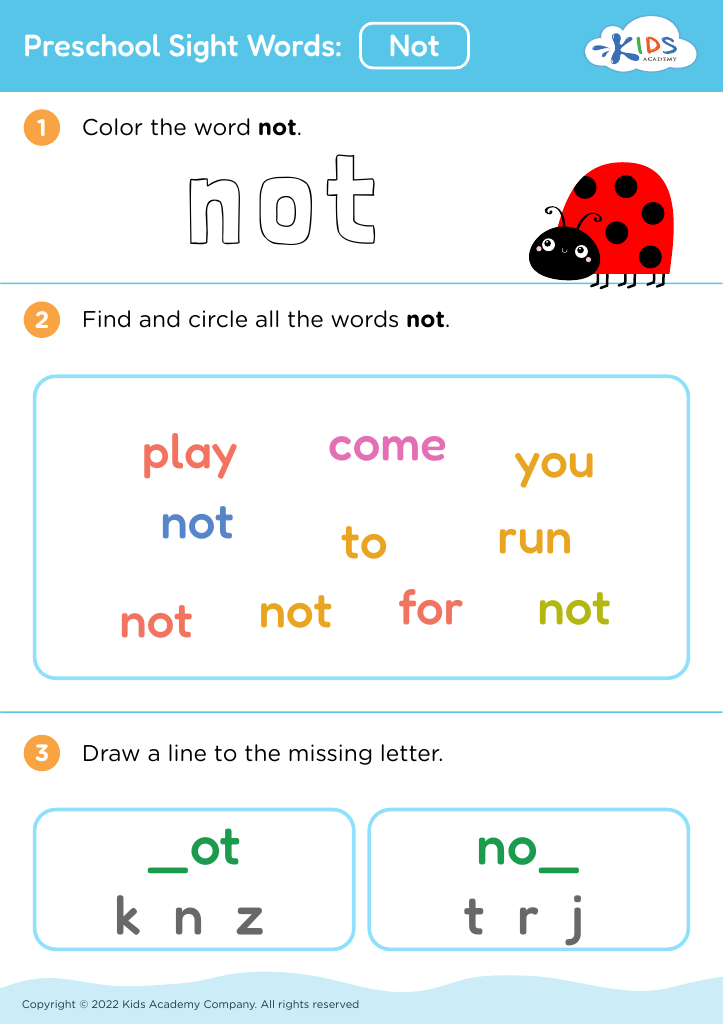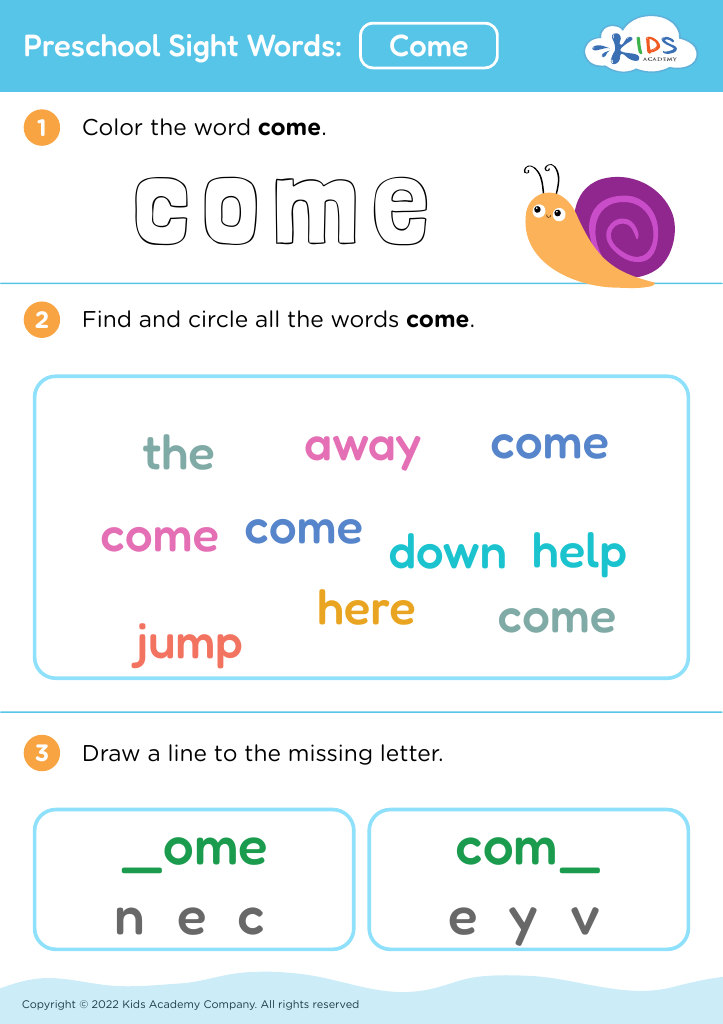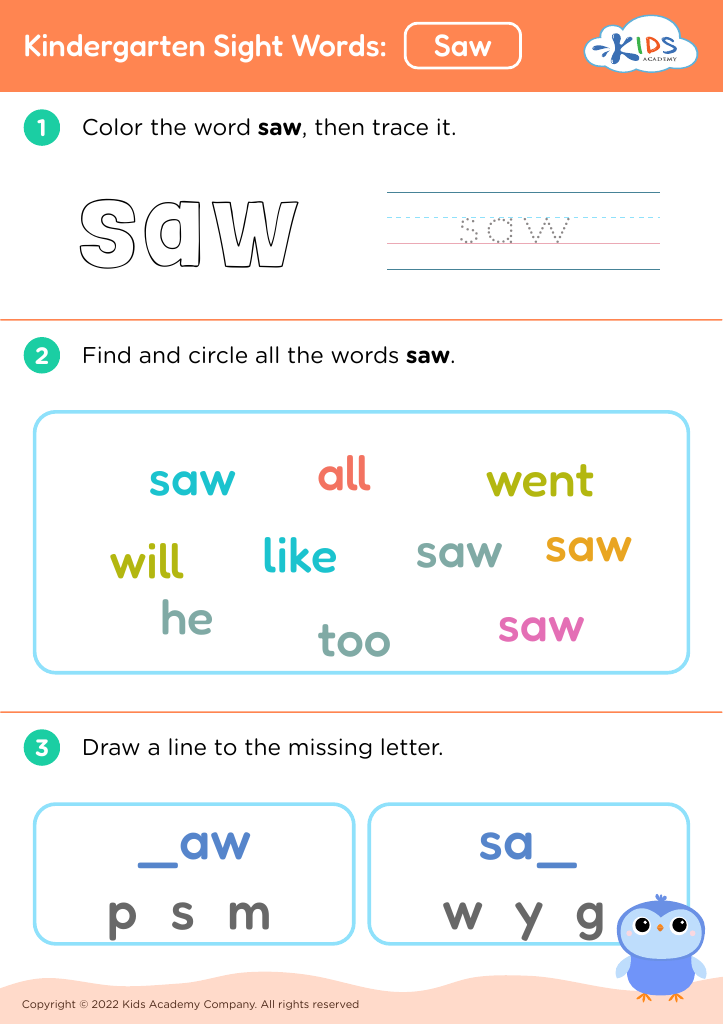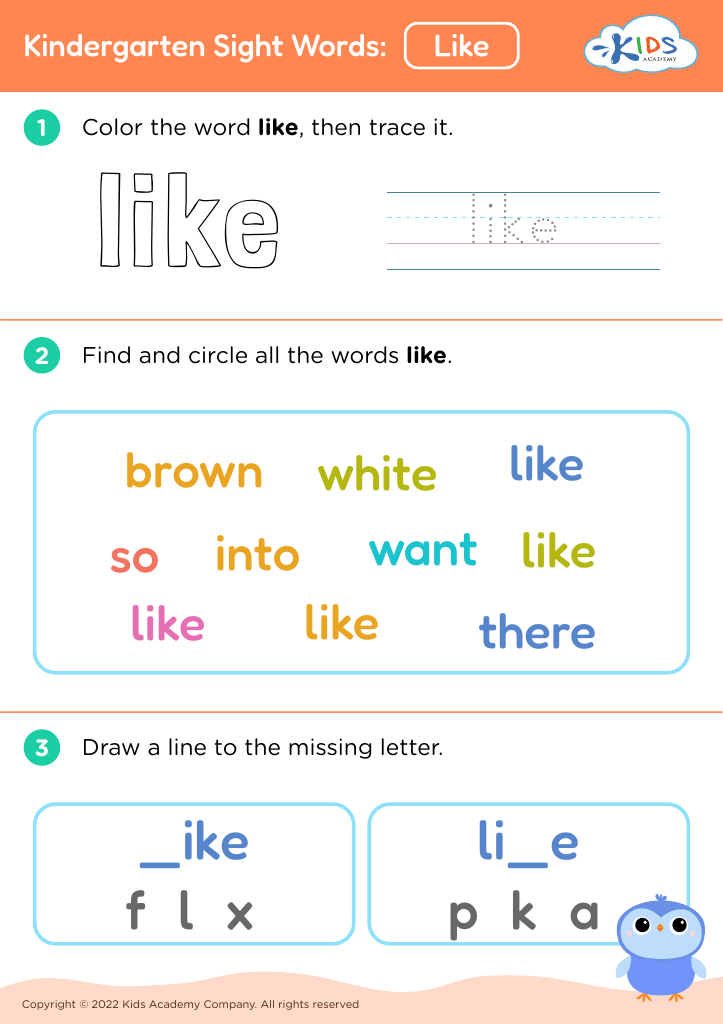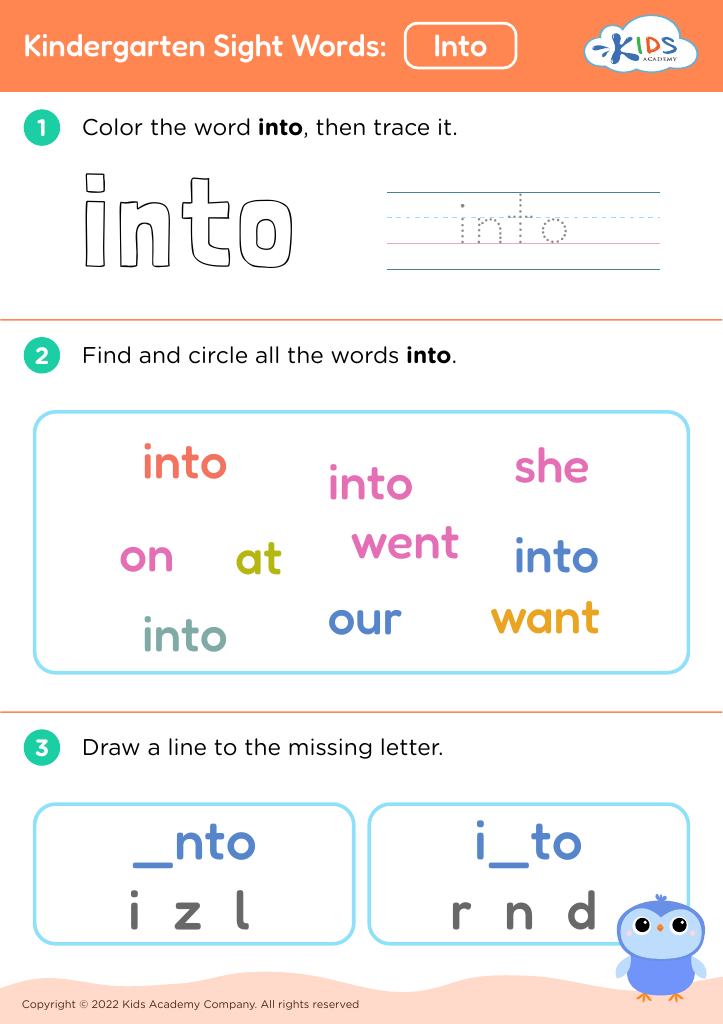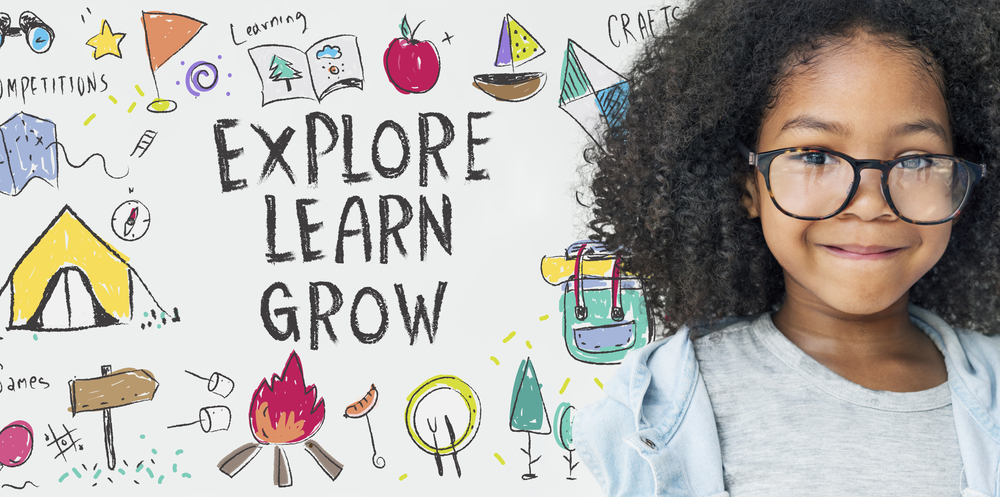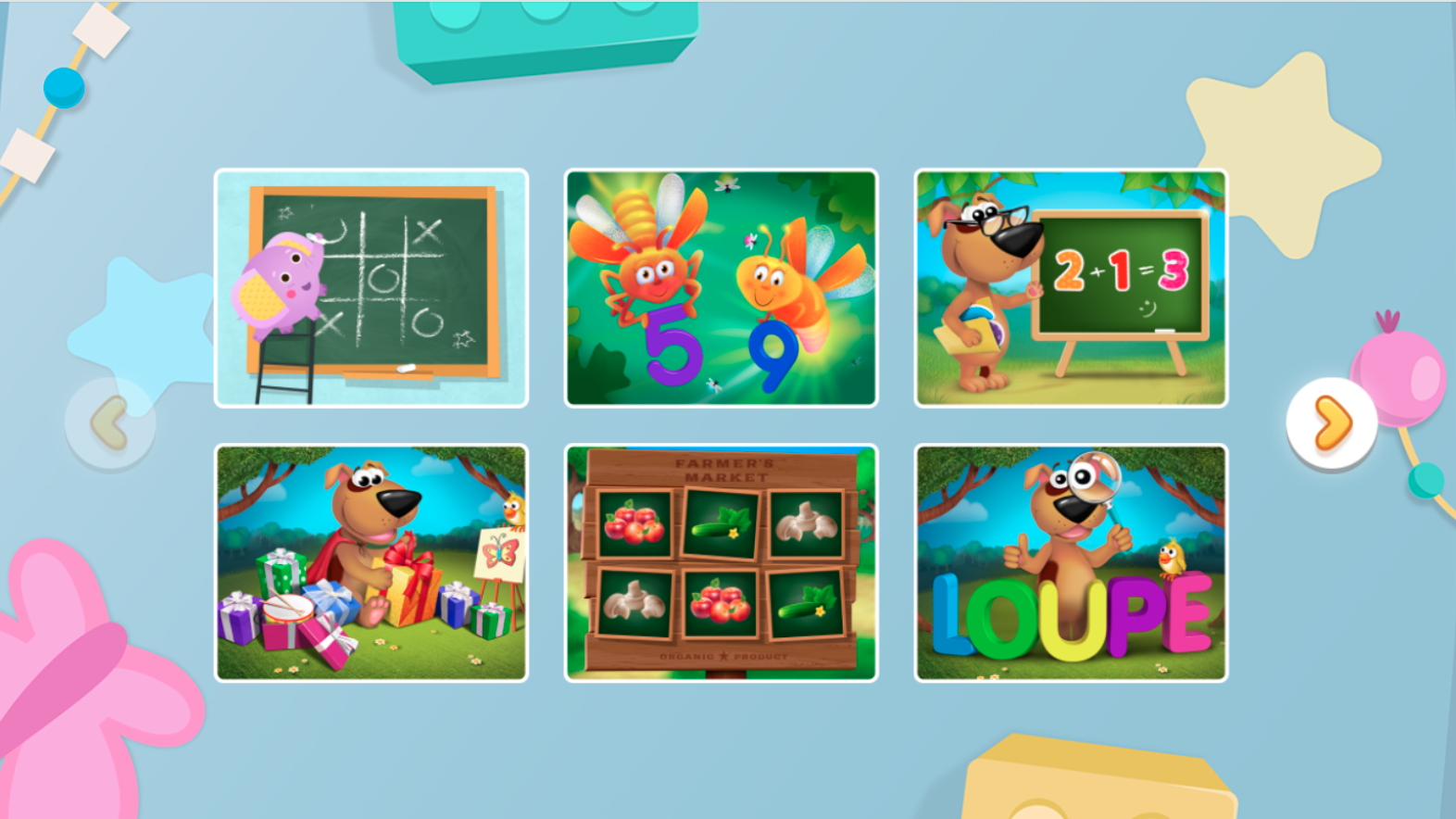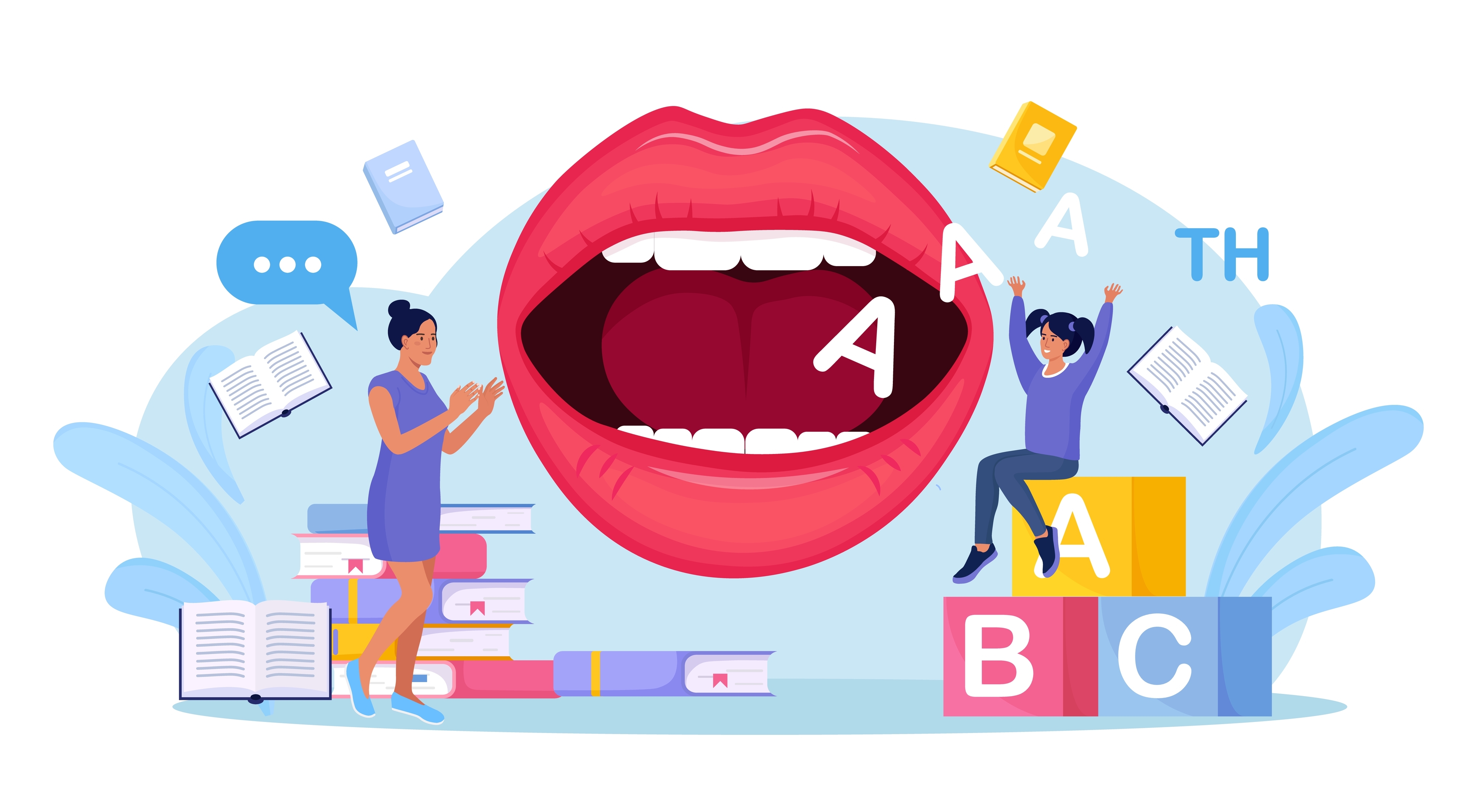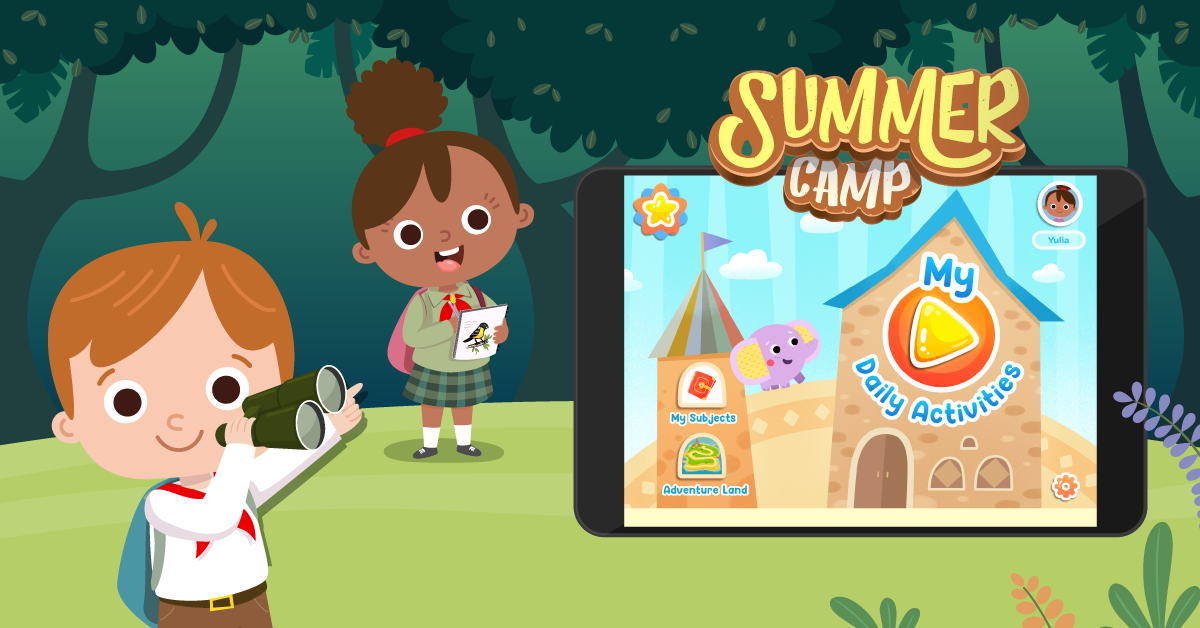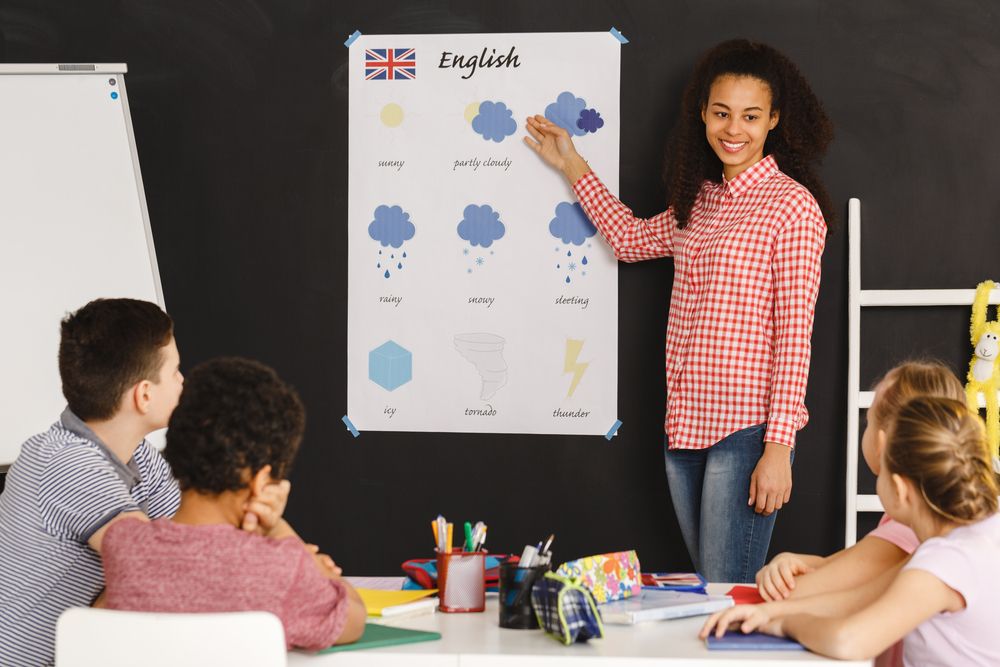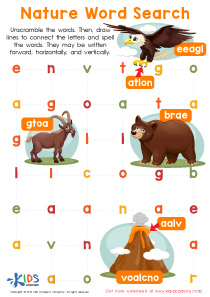Identifying shapes Sight Words Worksheets for 5-Year-Olds
5 filtered results
-
From - To
Welcome to our "Identifying Shapes Sight Words Worksheets for 5-Year-Olds"! These engaging and interactive worksheets are designed to help young learners recognize and name different shapes while introducing essential sight words. Each activity fosters fun and learning, combining shape identification with early reading skills. Perfect for preschoolers and kindergarteners, our worksheets promote cognitive development, fine motor skills, and vocabulary expansion. Encourage your child's creativity and critical thinking as they explore shapes like squares, circles, and triangles through engaging exercises and colorful illustrations. Enhance their learning journey with our printable resources, tailored for a delightful educational experience!
Identifying shapes and sight words lays a vital foundation for early childhood learning, making it essential for parents and teachers to prioritize these skills for 5-year-olds. Recognizing shapes enhances spatial awareness, which is crucial for understanding patterns, problem-solving, and critical thinking. As children learn to identify various shapes, they begin to comprehend concepts in math and geometry, supporting their overall cognitive development.
Sight words, on the other hand, are commonly used words that children need to recognize instantly to improve their reading fluency and comprehension. By focusing on sight words, parents and teachers can help young learners develop confidence in reading, enabling them to enjoy stories and learn from texts available in their environment. This comprehension builds a love for reading, crucial for academic success later on.
Furthermore, mastering shape recognition and sight words aids in developing fine motor skills as children engage in drawing, crafting, and various hands-on activities. The combined skills of recognizing shapes and sight words also support overall communication development, fostering expressive language and vocabulary expansion. By investing in these foundational skills, parents and teachers play a critical role in preparing children for future educational milestones and lifelong learning success.

